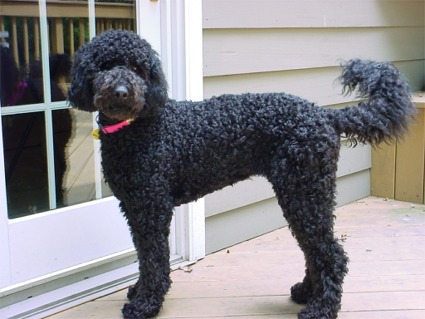
For our new article in the series, “Let’s Keep Our Pets Safe” we are going to discuss plants that are best avoided if you have pets. Sure, we all like to have special plants in the house or yard, but there are some plants that are more dangerous than we realize.
Generally speaking, toxic plants become dangerous when your pet eats a part of them. They all vary in the amount that has to be eaten to be poisonous and potential signs of a poisonous reaction. Typically younger animals are more prone to eat things they shouldn’t, but pets of any age can certainly nibble on various plants. If you realize you do have a potentially dangerous plant it is really best to not take a risk and have these plants around if your pet has access to them.
There are numerous plants which you need to be careful of. The ASPCA has an informative website where you can search a specific plant to see if it is safe for your pet at http://www.aspca.org/pet-care/poison-control/plants/. The site also includes pictures of toxic plants to help you identify them. They also list the 17 most common toxic plants that they get asked about through the Animal Poison Control Hotline (888) 426-4435). Here is a list of the most common ones that they report:
Lilies
Tulip/Narcissus bulbs
Azalea/Rhododendron
Sago Palm
Oleander
Marijuana
Castor Bean
Cyclamen
Kalanchoe
Yew
Amaryllis
Autumn Crocus
Chrysanthemum
English Ivy
Pothos
Schefflera
It is definitely worth taking a survey of your plants and see if any need to be removed or moved to an area that your pet can’t get to. I would also make sure to check the ASPCA website before purchasing or bringing a new plant to your home. It is just not worth taking the risk.








